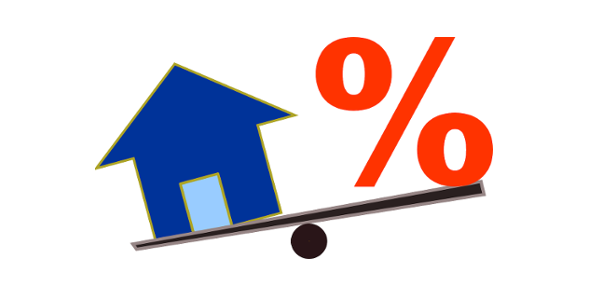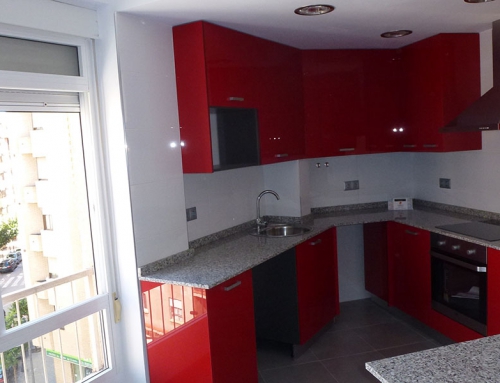There are many options to consider when choosing a mortgage. It’s important to consider and study them all before taking a decision that will determine our life during a great number of years. The main to take into account is if we will choose a fixed or an adjustable-rate mortgage (ARM).
Both ARMs and fixed-rate mortgages have advantages and disadvantages. ARMs have better conditions during the initial years, paying lower rates, which makes them more attractive. Nevertheless, this initial rate is the least important aspect that we should consider, unless we plan to keep the mortgage only 5 or 10 years. If that is not the case, we should take much more into consideration the future variation of the rates during the years.
That is what makes fixed-rate mortgages interesting. In the initial years we will pay more that with an ARM. We pay a premium in exchange for not having surprise changes in the rates. That is as if we’d contract an insurance policy, we pay a company to assume the risk for us. In this case the premium is the higher interest rate during the initial years.
But what happens in the next years? Is it always better a fixed-rate?
The answer is not so easy. Each situation is different, each person is more or less risk tolerant, and no one can firmly tell when the rates will go down or up.
However, even though we can’t be completely sure of anything, there is something we can rely on, and can help us decide, and that is probability and statistics.
Let’s take an example, when we contract a mortgage in a situation where EURIBOR is at 3%, as it was some years ago. We can choose between an ARM with a margin of 1,50% and a fixed-rate loan at 6%. In this case, the first year we would pay 4.50% with the ARM. If 10 years later EURIBOR goes down 2 points to 1%, we would pay 2.50% with the ARM, in opposition to 6% with the fixed-rate mortgage. If EURIBOR went up 2 points to 5%, we would pay 6.50% with the ARM instead of 6% with the fixed-rate mortgage. With this example, it seems that it’s more convenient an ARM unless the rates go up to the sky (to cover us from this we have the possibility of a ceiling clause). But what happens when we buy a property and the Adjustment Index is at or near 0%? Which options are there that can benefit the ARM?
EURIBOR is a relatively young index. In its 15 years of existence, it has varied between a maximum of 5.40% and 0.17% today. Nevertheless, before its existence, there were other Adjustment Indexes, as LIBOR in England, Treasury Notes in United States, and many others, and it’s not so far away the moment when rates where at 16%, in the 80’s.
History of interest rates, so as stock market and futures, has followed periods of ups and downs. Although no one can ever know when rates will stop going up or down, in a moment when rates are near 0%, the only possible direction is up. There is yet the possibility of negative interest rates, but in short periods of time. That makes in these moments really interesting the fixed-rate mortgages.


